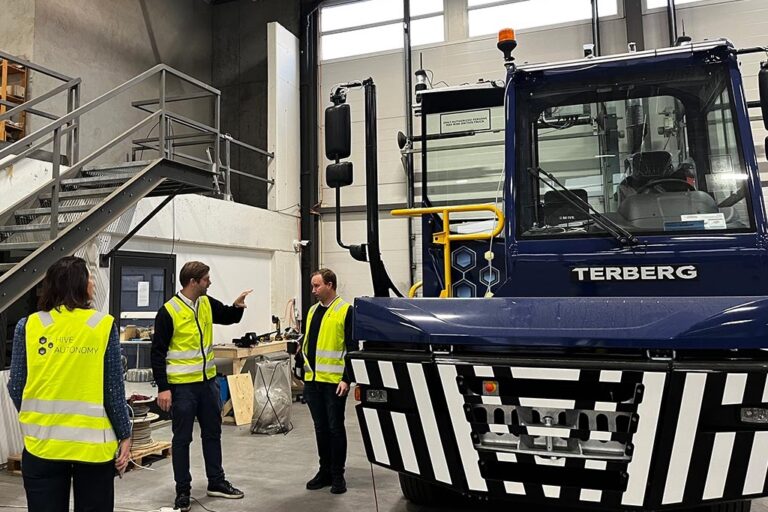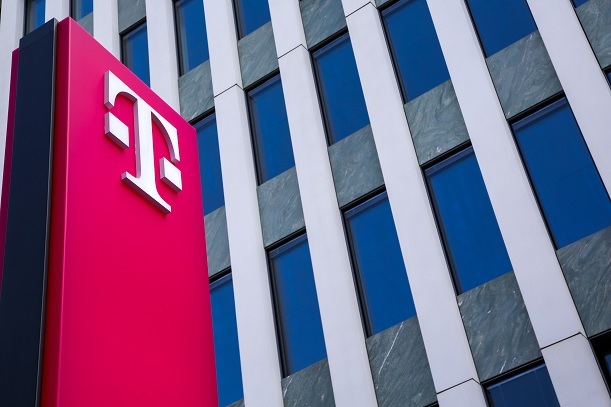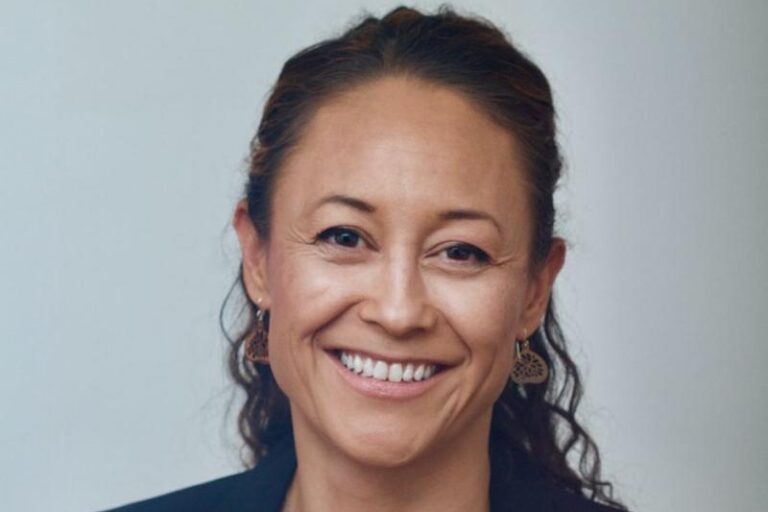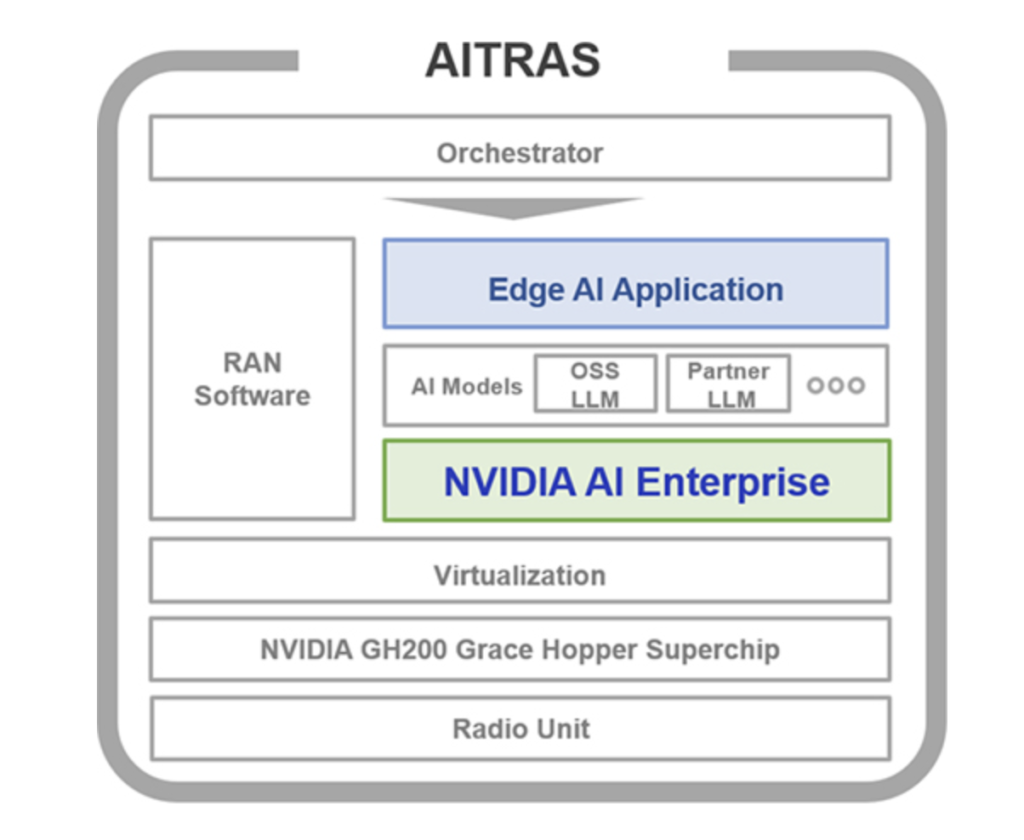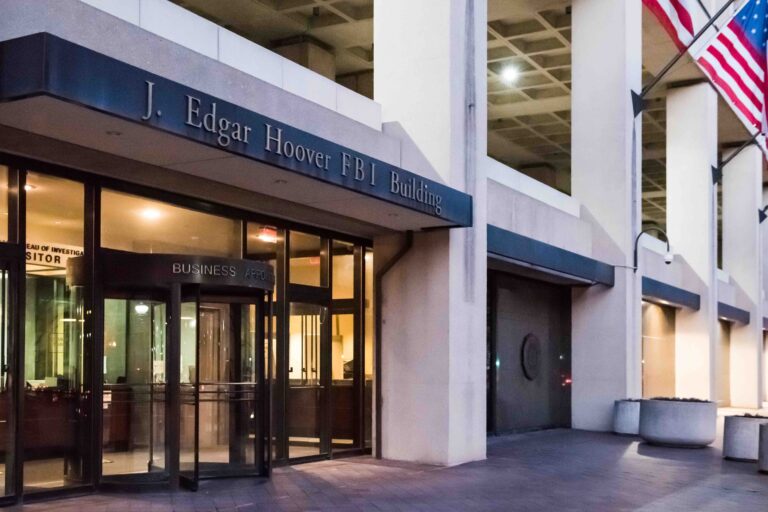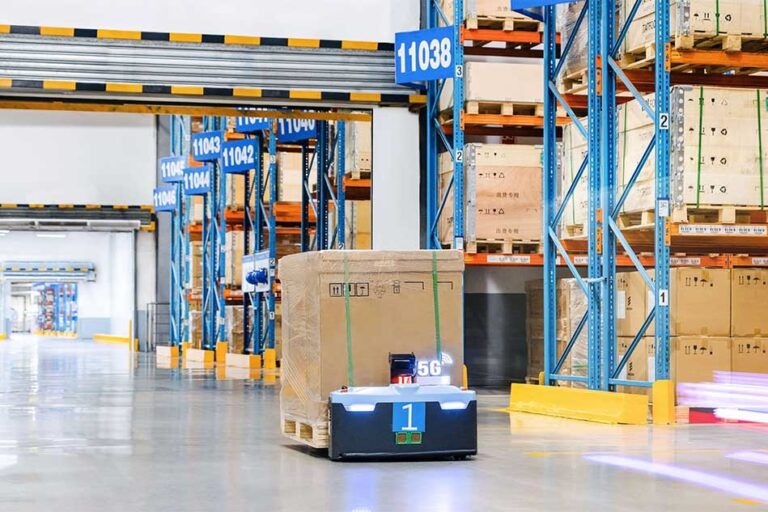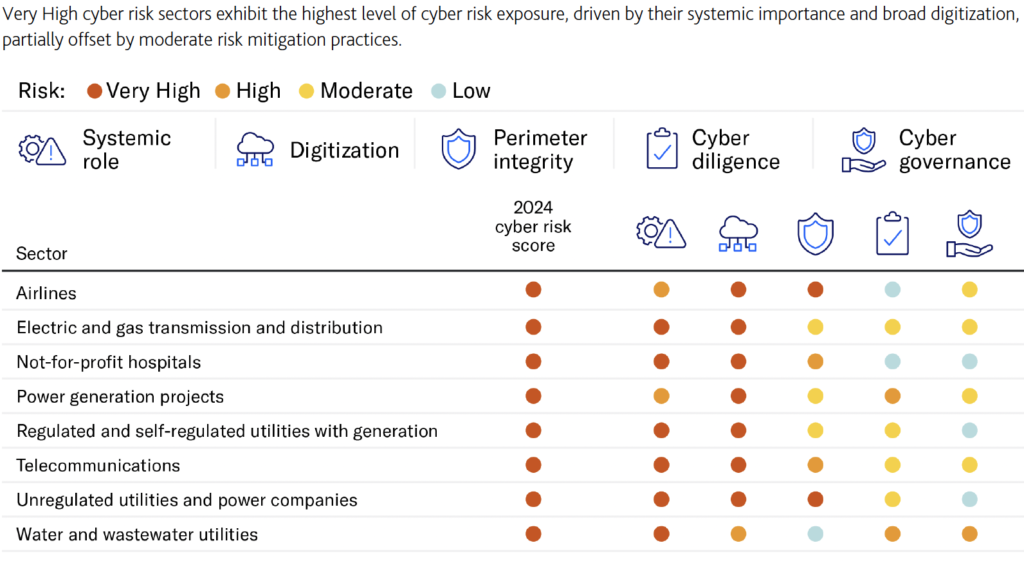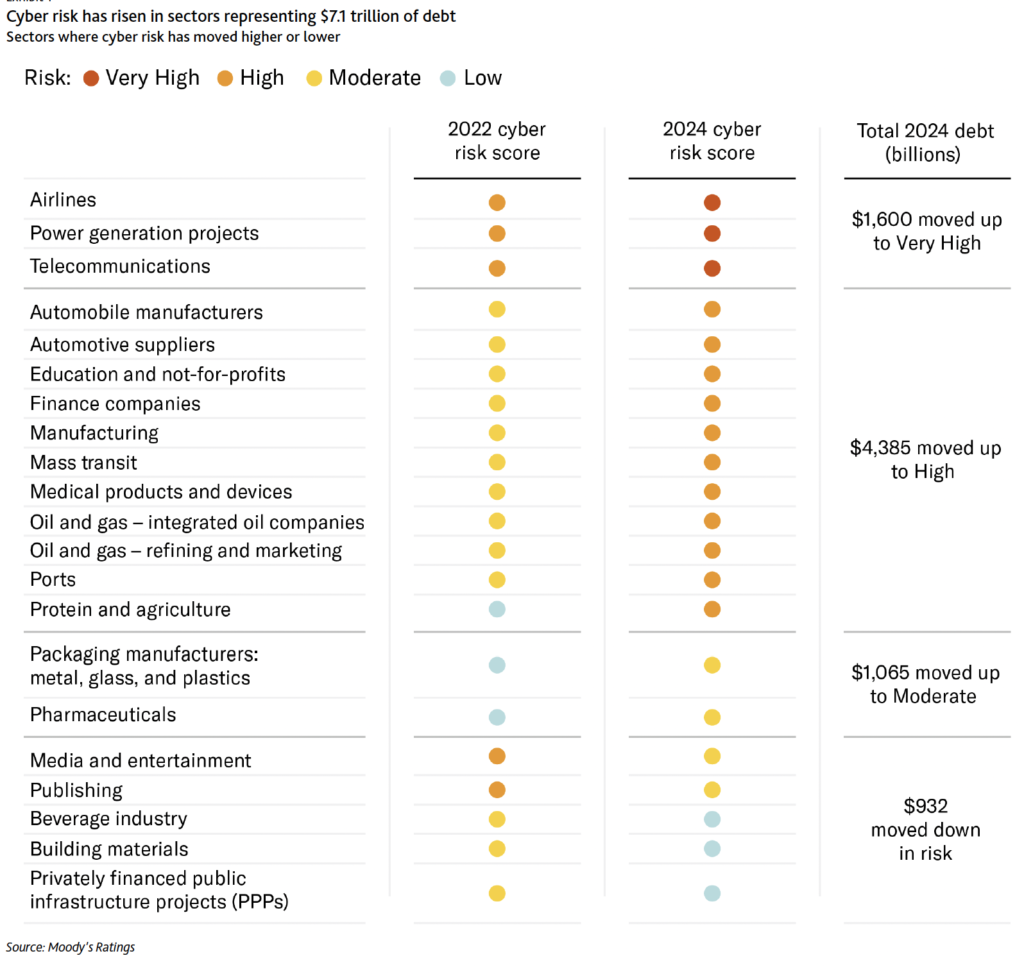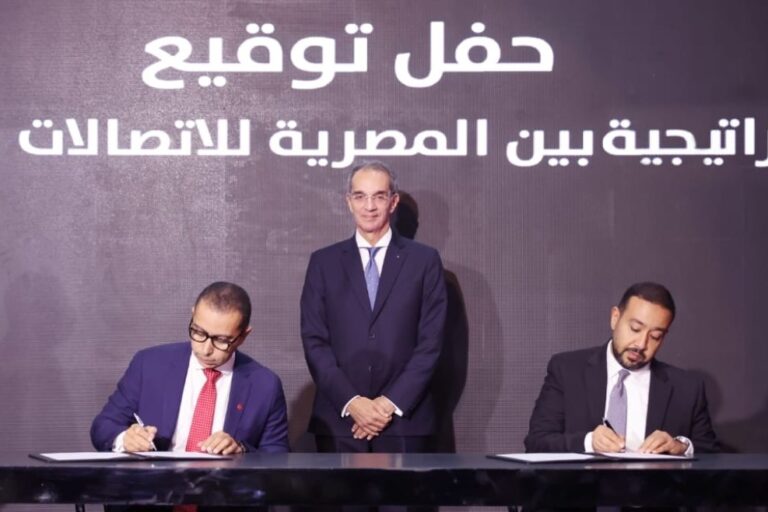Highest growth is coming from the T-Mobile US, but Germany and the rest of Europe are growing too, and T-Systems
Europe’s largest operator group in terms of marketcap, Deutsche Telekom (DT) has reported its Q3 adjusted net profit was up 3% to €2.3 billion. Reported net profit came in at €3, up by more than 50% compared with the same period last year*. Net revenue rose organically by 3.6% to €28.5 billion.
Service revenues grew by 3.8% in organic terms, to €24.1 billion, while Adjusted earnings before interest, taxes, depreciation, amortisation and adjusted loss (EBITDAaL) was up 6.4% year-on-year, in organic terms, to €11.1 billion.
Deutsche Telekom said in a statement it “remained on course for success in the third quarter of 2024, in line with the plans recently outlined by the company at its Capital Markets Day in mid-October.”
“The growth momentum continues unabated on both sides of the Atlantic,” said Christian Illek, CFO of DT. “At the same time, we have successfully brought our leverage ratio back down to below our target value.” This is true, but most of it is from the US side.
In October, the rating agency Moody’s raised the long-term rating outlook of Deutsche Telekom to positive and its shares have now reached a 23-year high. DT group expects to report adjusted EBITDAaL of around €43.0 billion, up from the previous guidance of around €42.9 billion.
This relates to T-Mobile US raising the mid-point of its guidance range by $50 million and an expected increase in earnings of €0.1 billion contributed by business outside of the US. The guidance for free cash flow AL remains unchanged at around 19.0 billion euros.
Reasons for success
In Germany fibre adoption is gathering pace with a record new 131,000 customers compared to 77,000 FTTH lines activated in the same period last year. Broadband net adds were 38,000. Also, 49% of retail broadband customers use a rate plan offering speeds of up to 100 Mbps and more. The number of new TV customers increased to 76,000, from 51,000 TV net adds in the prior-year period.
DT also added 327,000 branded mobile contract net adds and mobile service revenues grew by 2.1% year-on-year between July and September.
Revenue in the Germany operating segment grew by 2.5% in Q3 to €6.5 billion. Adjusted EBITDAaL rose by 3.5% to €2.7 billion, resulting in a margin of 42.2%.
United States
T-Mobile US “pulled ahead of its competitors with strong growth in key customer metrics in the third quarter of 2024”. The postpaid customer base grew by 1.6 million, while the number of postpaid phone customers was up by 865,000. The churn rate in the key postpaid phone customer segment dropped to 0.86%, reaching a record low for a third quarter.
Service revenues increased by 5.2% in the quarter just ended to $16.7 billion. At the same time, adjusted EBITDAaL rose 7.8% year-on-year to €8.0 billion.
Rest of Europe
Revenue and earnings continued in European national opco outside Germany. Adjusted EBITDAaL increased by 8% in organic terms to €1.2 billion. Revenue grew in the same period by 4.2% in organic terms compared with the prior-year period to €3.1 billion. The key service revenues increased by 4.7%.
The mobile contract customer base grew by 176,000 in the third quarter to 27.8 million, while the number of users of fixed-mobile convergence products passed the 8 million mark for the first time on the back of 143,000 net additions in fixed-mobile convergence in the same three months. The number of broadband customers increased by 47,000, and the number of TV customers by 41,000. Greece was the biggest contributor with 24,000 TV net adds, thanks in part to an attractive portfolio of sports broadcasting rights.
T-Systems are go
T-Systems underpinned the upward trend with consistently positive financial performance indicators. In the period July to September, the company recorded “an increase in order entry” of 18% year-on-year in organic terms to €870 million. Revenue grew in the same period by 3.3% in organic terms to €991 million.
Adjusted EBITDAaL increased by 17% in organic terms to €102 million. T-Systems contributed to the increase in value of the Group with a positive cash contribution of €28 million, up from €18 million in the third quarter of the previous year.
* The difference between these two figures is mainly due to net positive special factors from the measurement of several financial investments prompted by a reduction in discount rates following changes in the capital market environment, according to DT.


